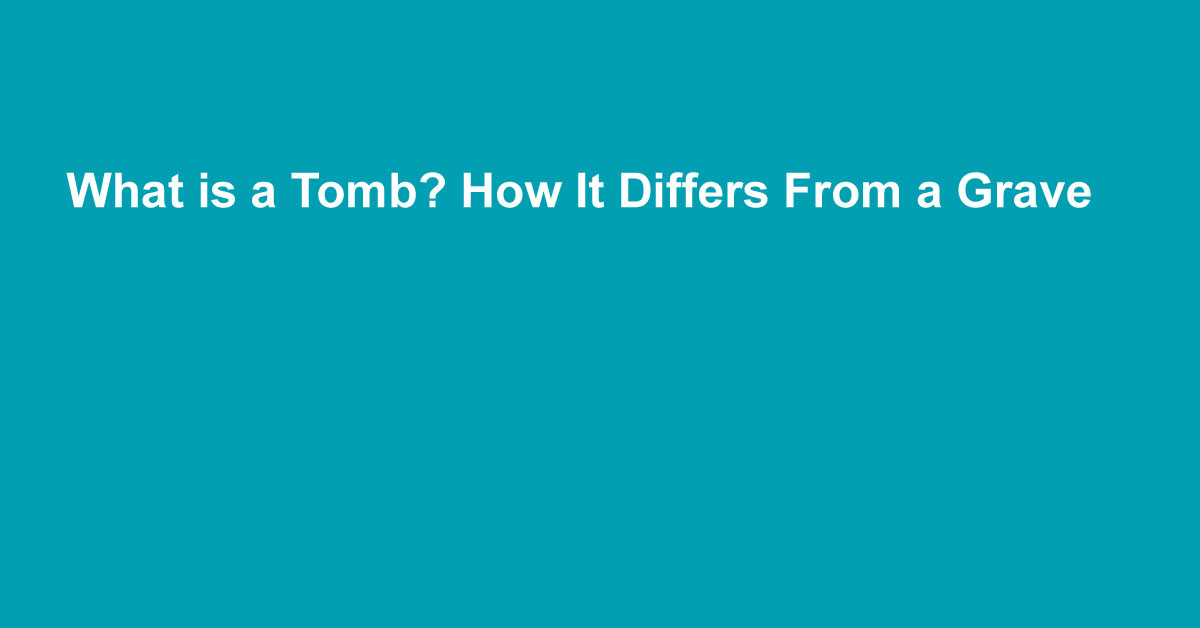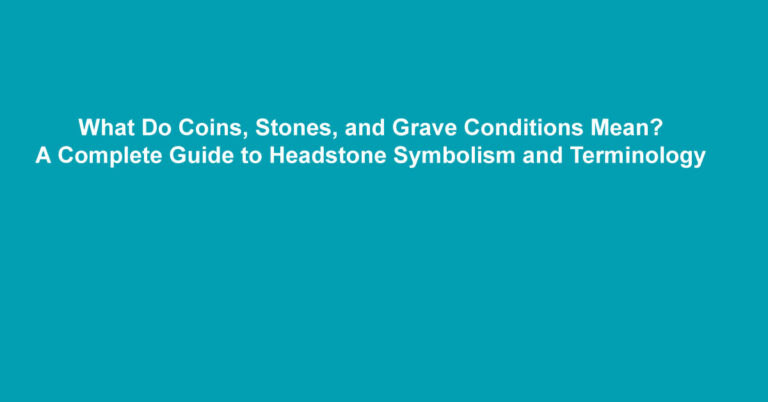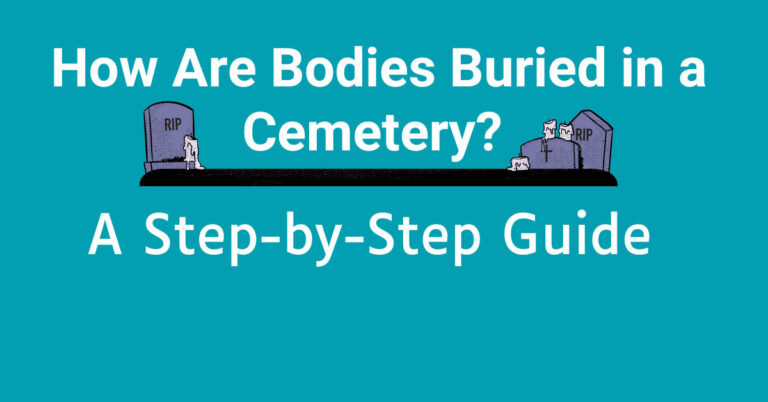What is a Tomb? How It Differs From a Grave
What is a tomb, and how is it different from a grave? This is a question often asked when exploring historical burial sites or visiting cemeteries. A tomb is a specially built structure that houses the remains of the dead, often created for important or wealthy individuals.
In contrast, a grave is typically a simple burial in the ground. In this guide, we’ll break down the meanings of tombs and graves, highlight their key differences, and explain why these distinctions matter both culturally and historically.
What is a Tomb?
A tomb is an above-ground structure built to hold human remains. It is often made of stone or marble and can be elaborate, depending on the person’s status or wealth. Tombs are typically found in ancient civilizations, royal burial grounds, or monumental cemeteries. Some well-known examples include:
-
The Tomb of Tutankhamun in Egypt
-
Taj Mahal in India (technically a grand mausoleum)
-
Tomb of the Unknown Soldier in the U.S.
Key Features of a Tomb:
-
Usually above ground
-
Architecturally designed and often decorative
-
Built for honor or remembrance
-
May contain multiple burials (family tombs)
What is a Grave?
A grave is a specific burial location in the ground, marked by a headstone or grave marker. Most modern cemeteries are filled with individual graves, each containing the remains of one person (sometimes two, in double graves).
Key Features of a Grave:
-
Underground burial
-
Marked by a headstone or plaque
-
Commonly used for individual or family members
-
Simpler than tombs
Tomb vs Grave – Key Differences
| Aspect | Tomb | Grave |
|---|---|---|
| Structure | Built structure (above ground) | Simple pit (below ground) |
| Purpose | Honor, legacy, architectural significance | Burial and remembrance |
| Who Gets It? | Royals, wealthy, notable figures | Common for the general public |
| Examples | Mausoleums, pyramids | Cemetery plots, family graves |
FAQs
What is the purpose of a tomb?
A tomb preserves the body and honors the deceased, often built for individuals of significance.
Are tombs still used today?
Yes, especially in the form of mausoleums for prominent families or religious leaders.
Can a tomb also be a grave?
Technically yes, since both involve burial, but a tomb refers to the structure, while a grave is the place.






